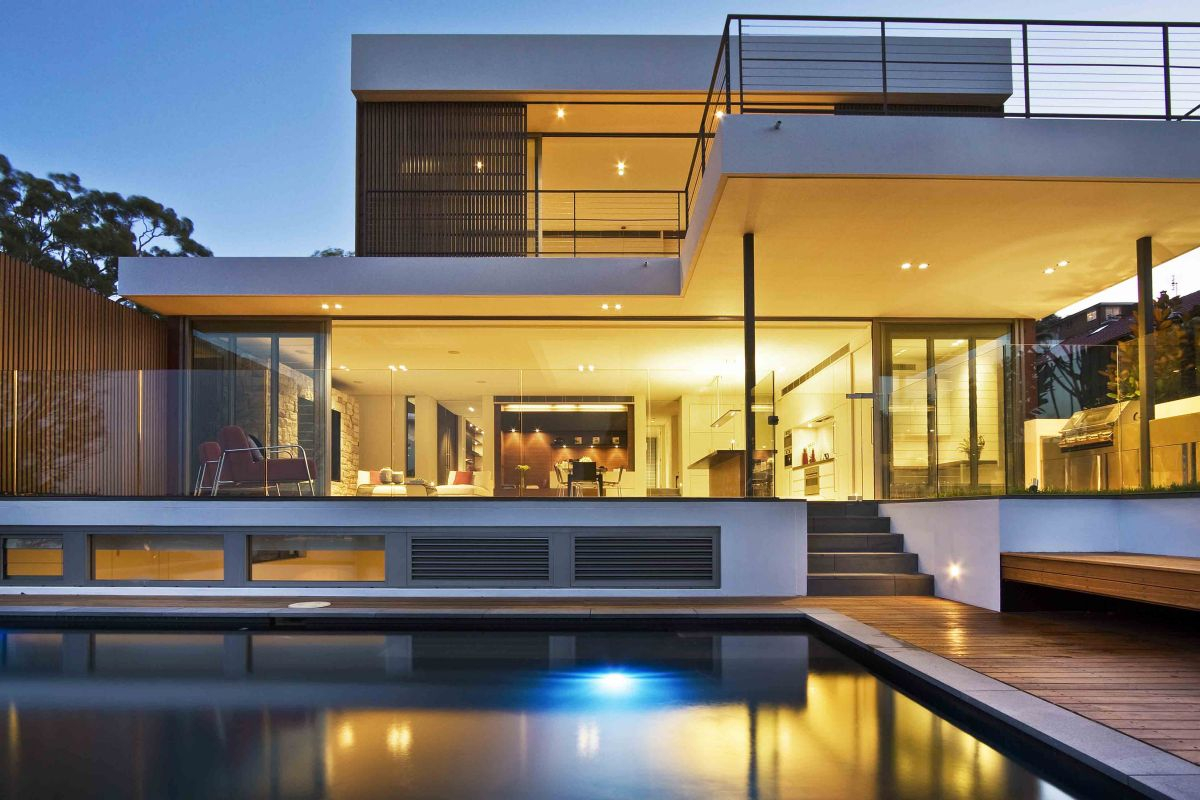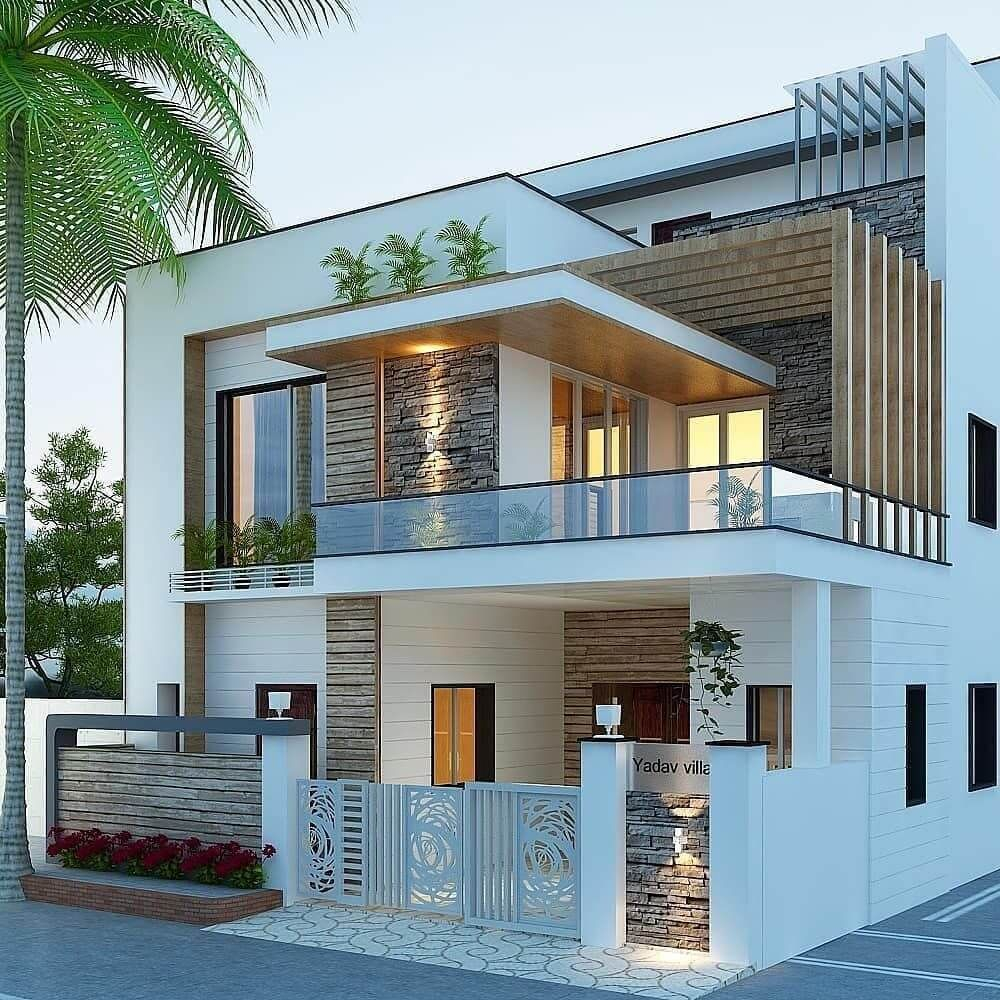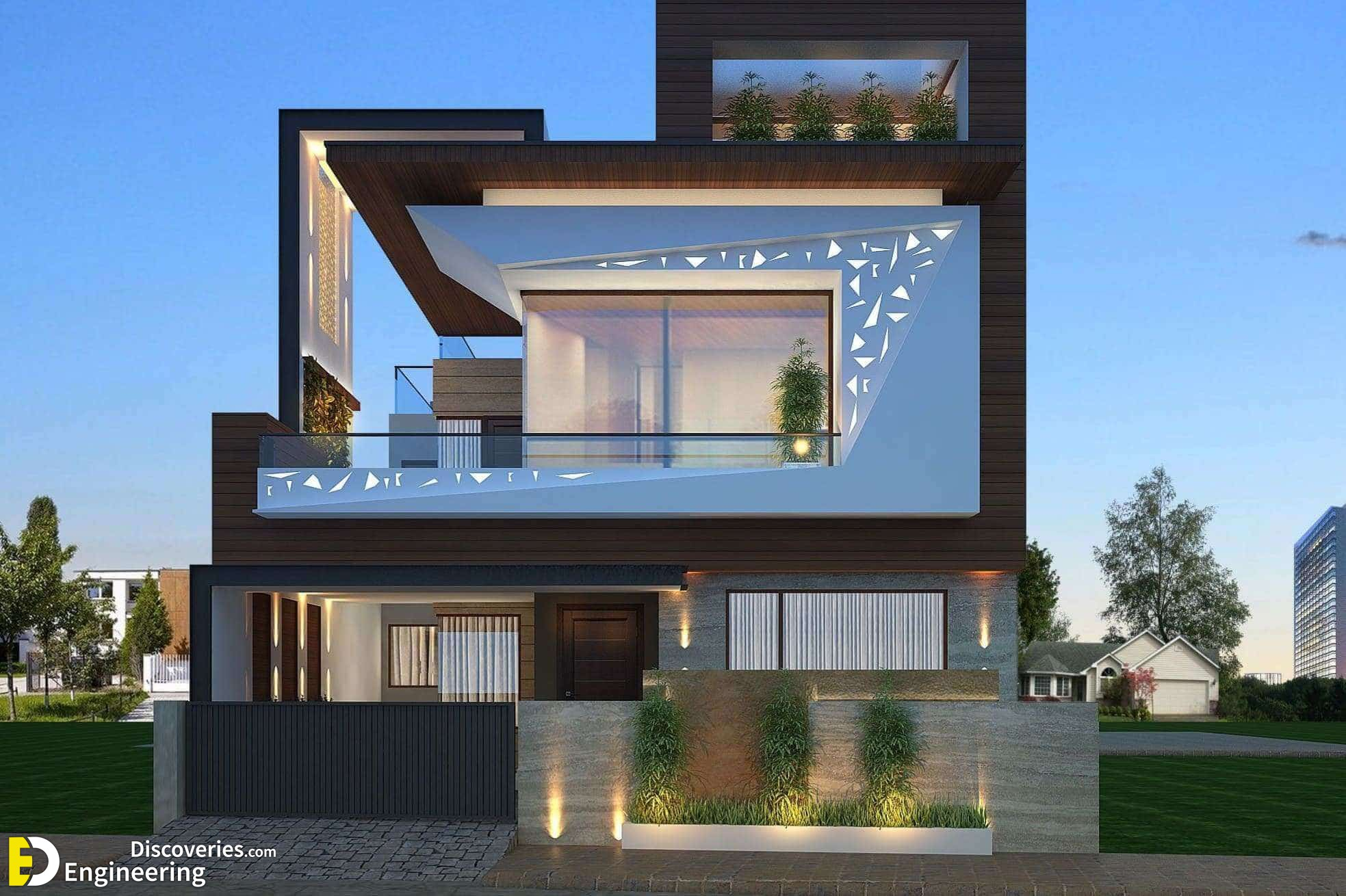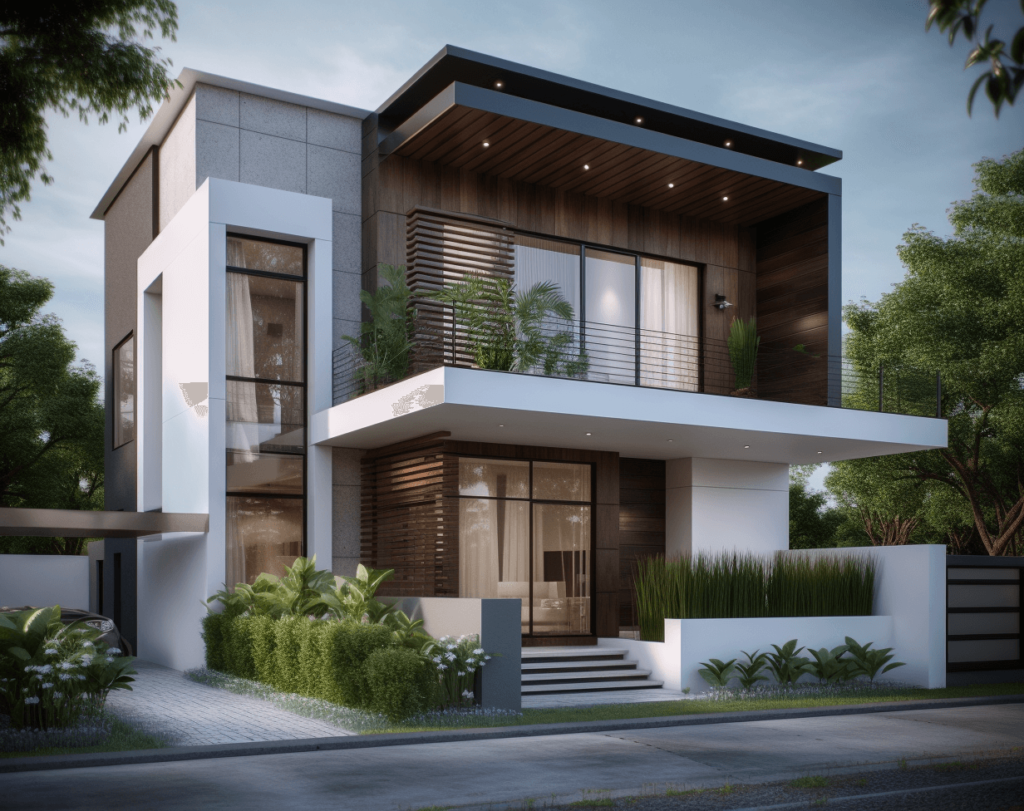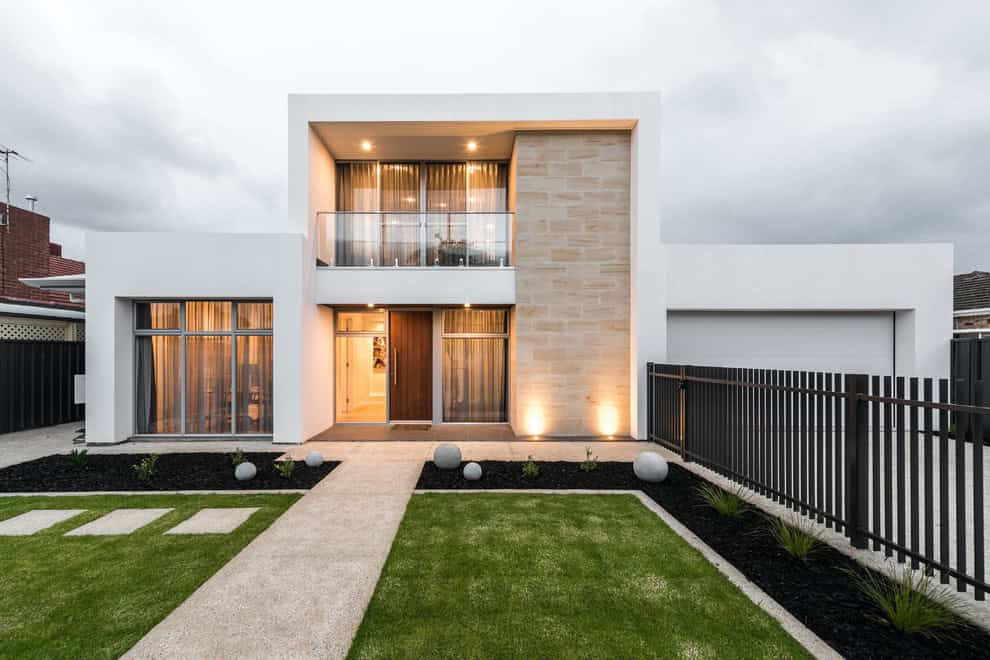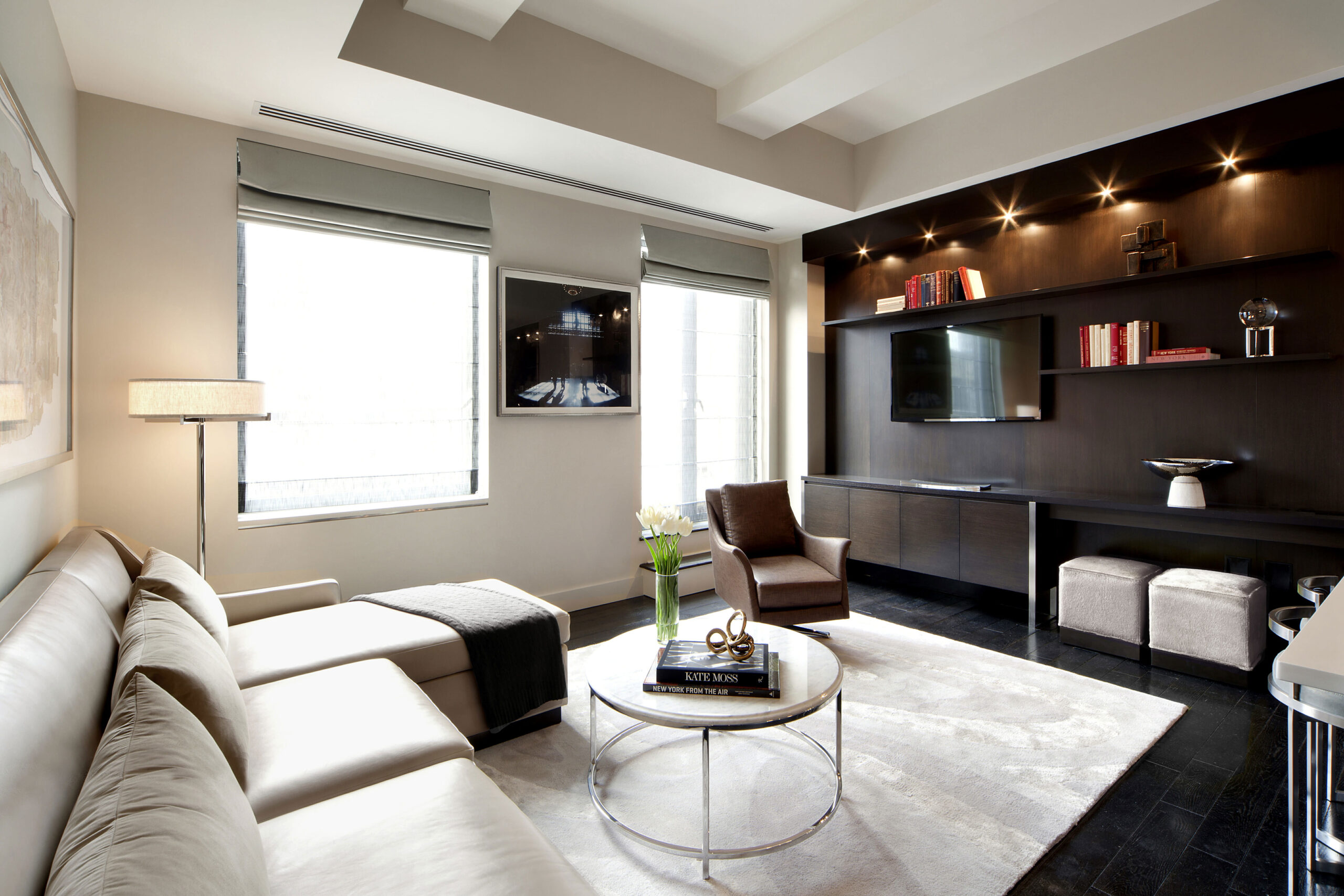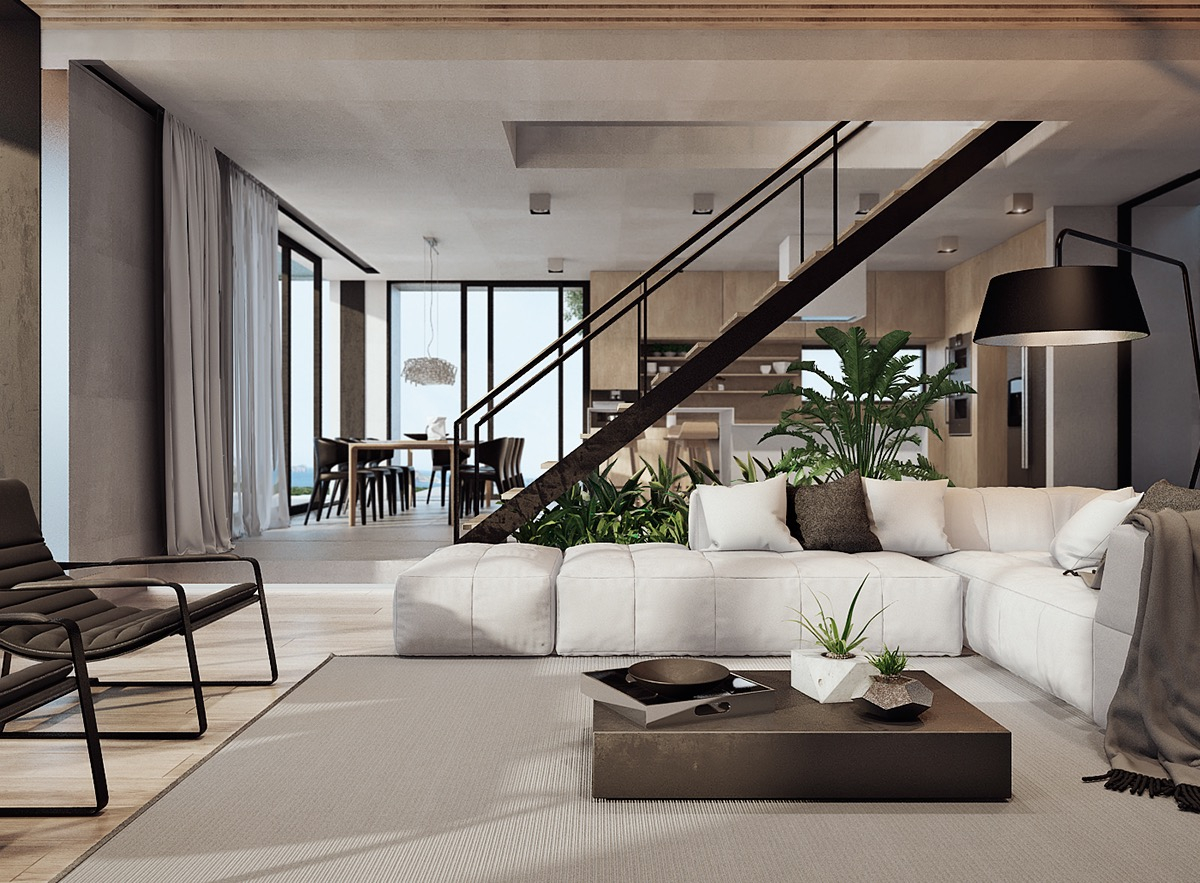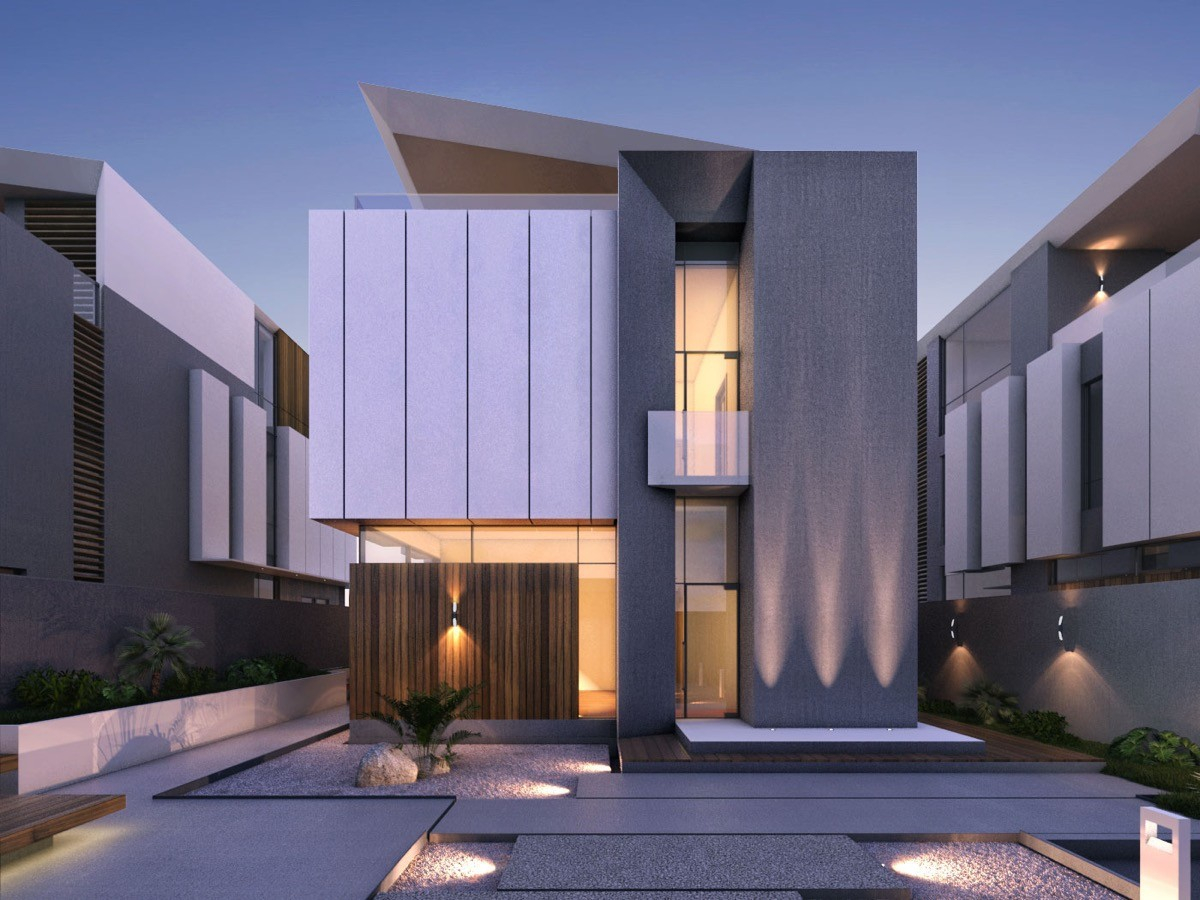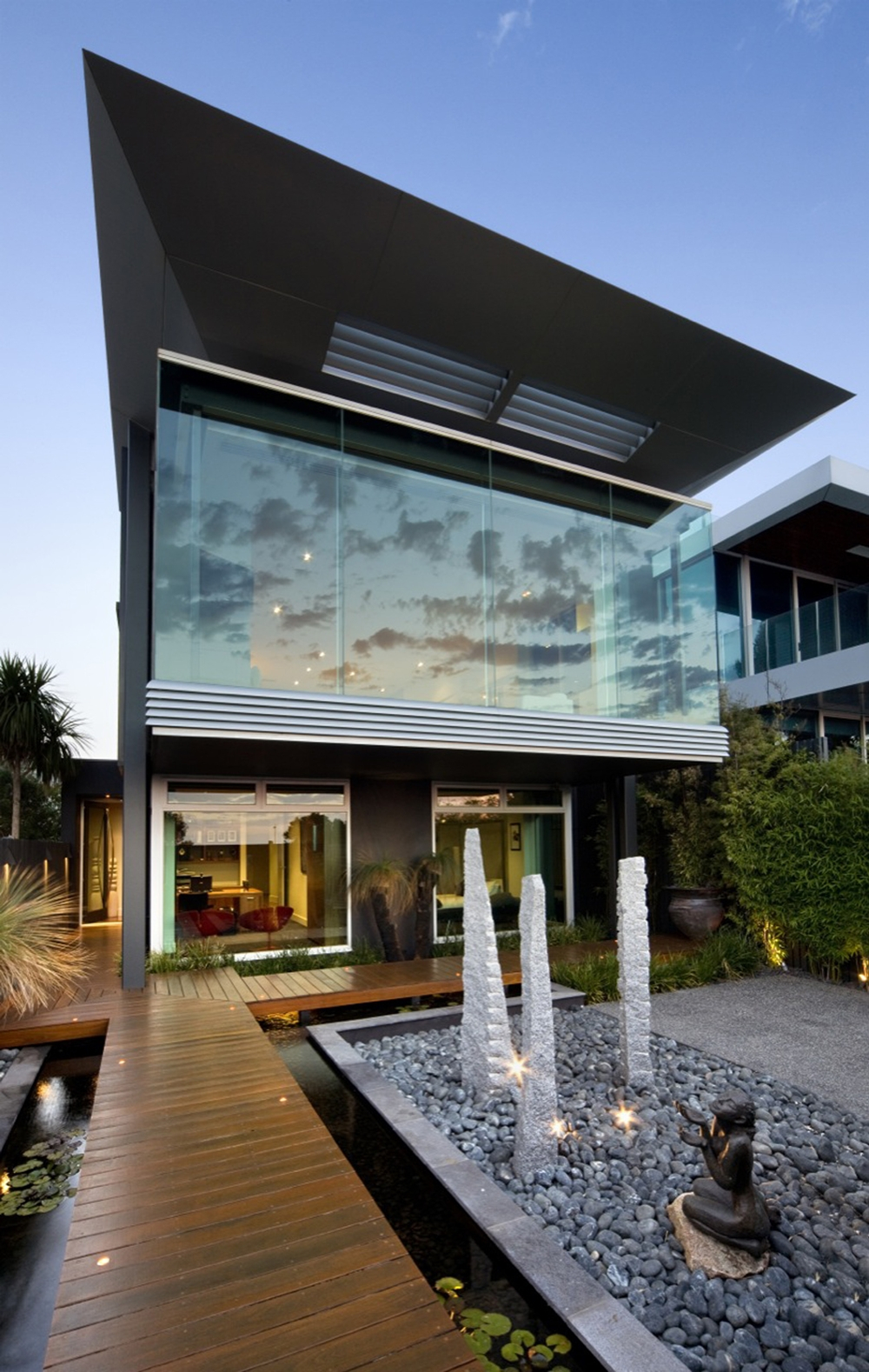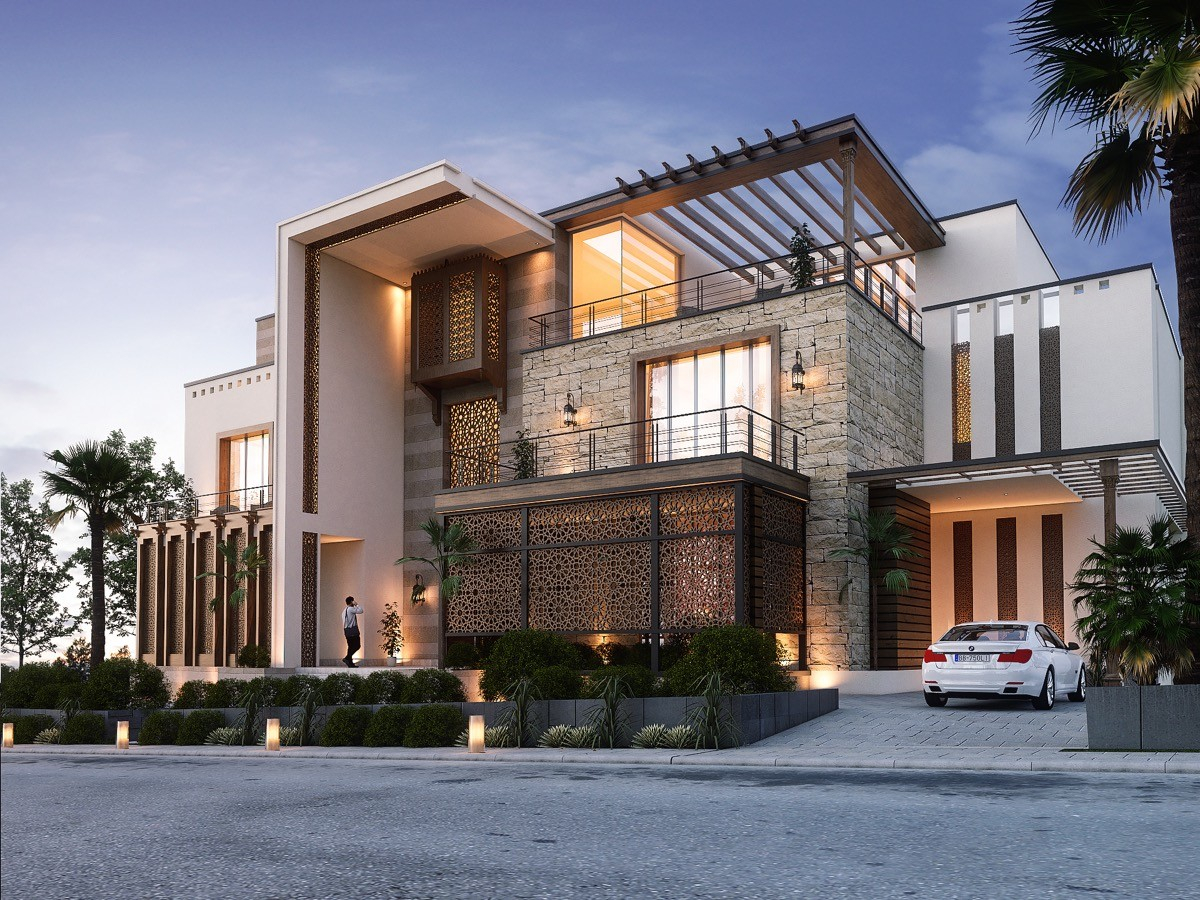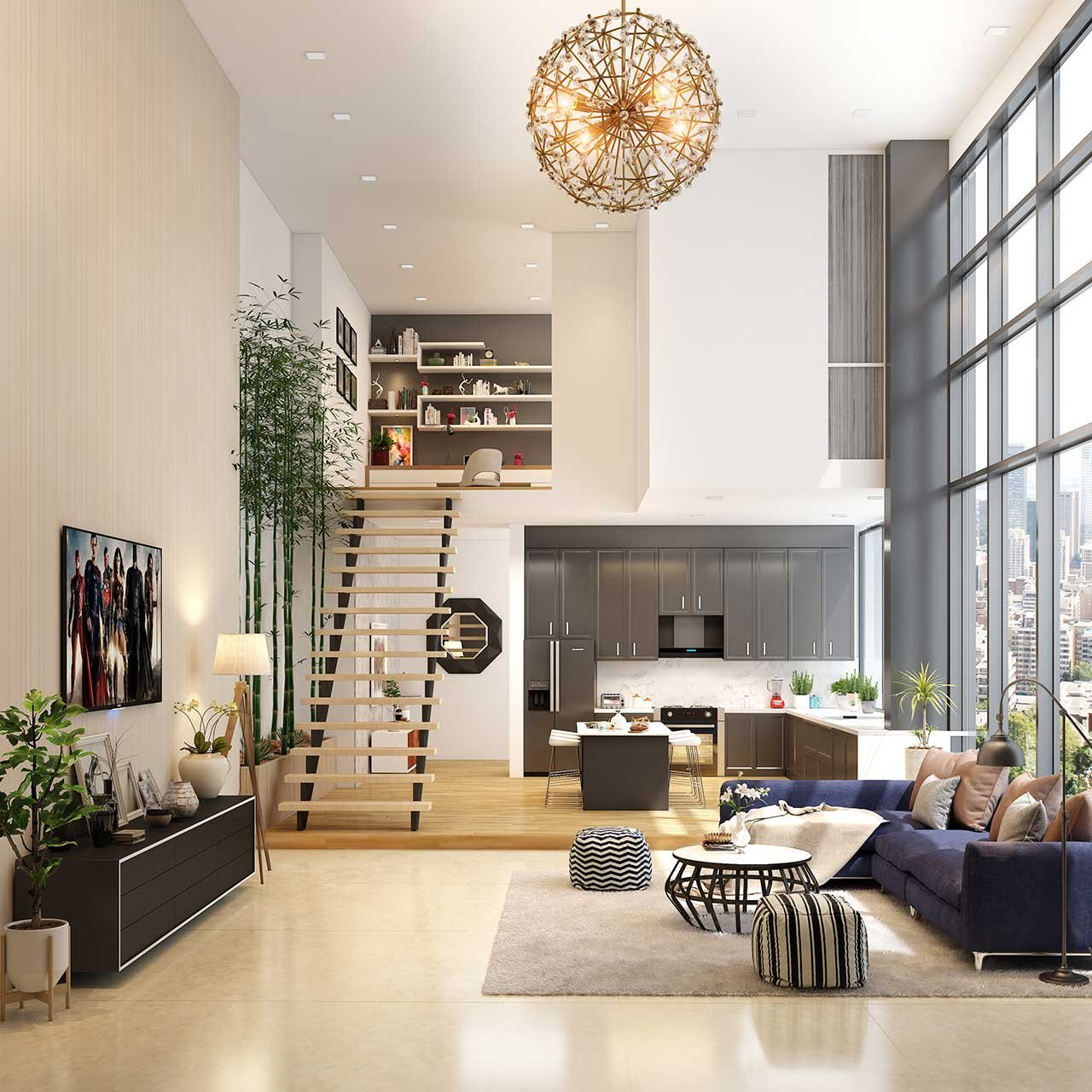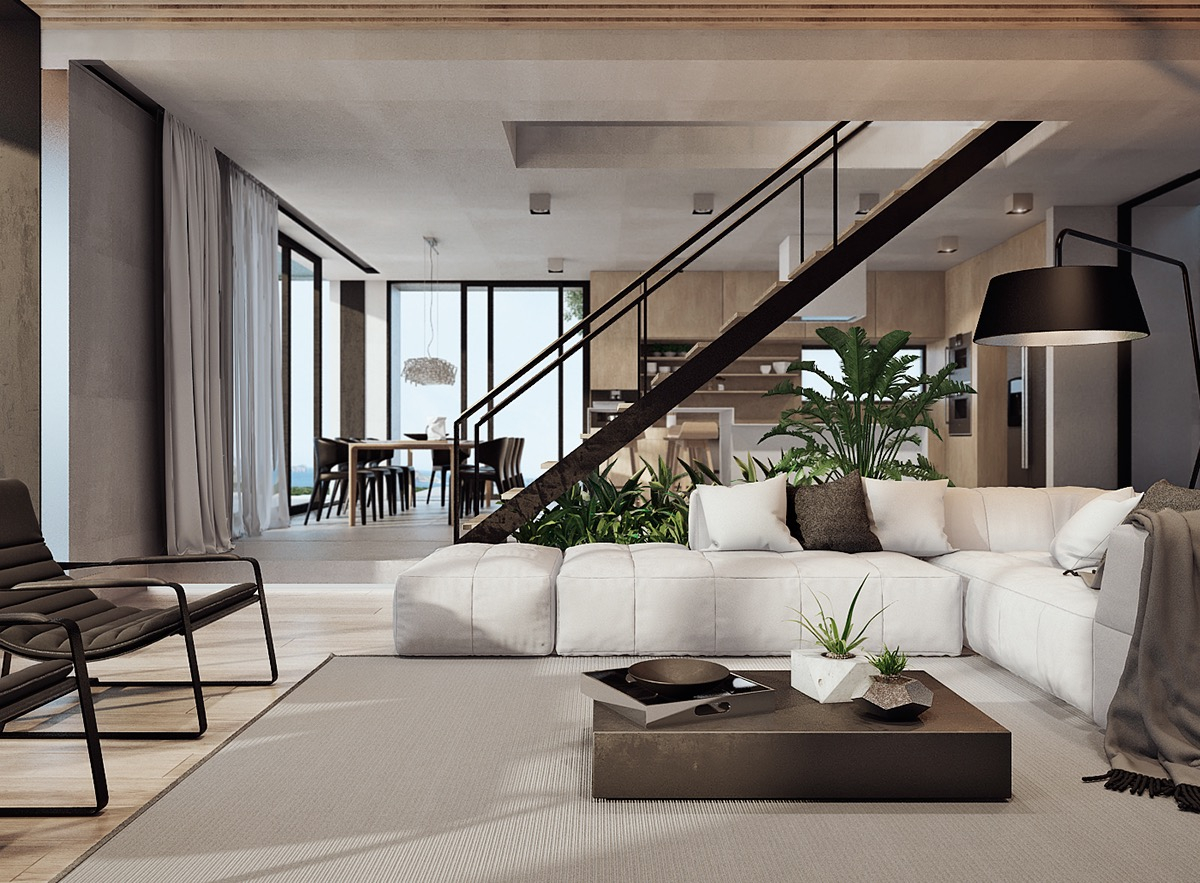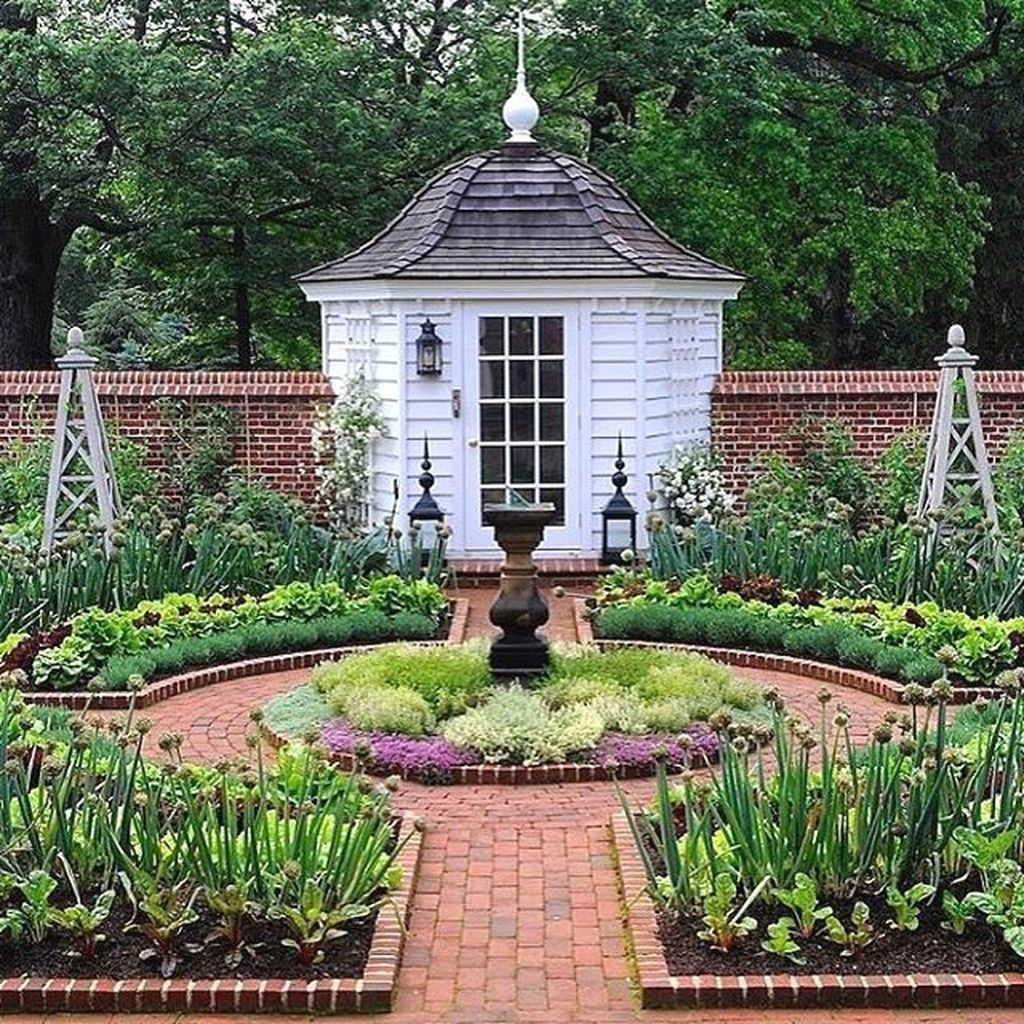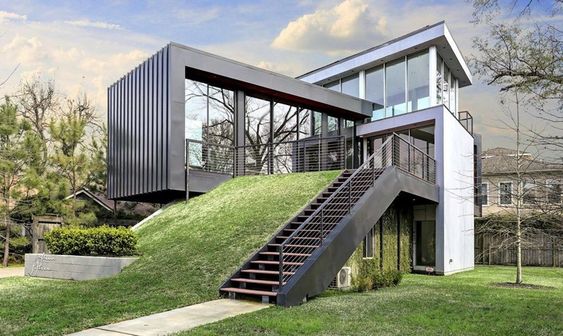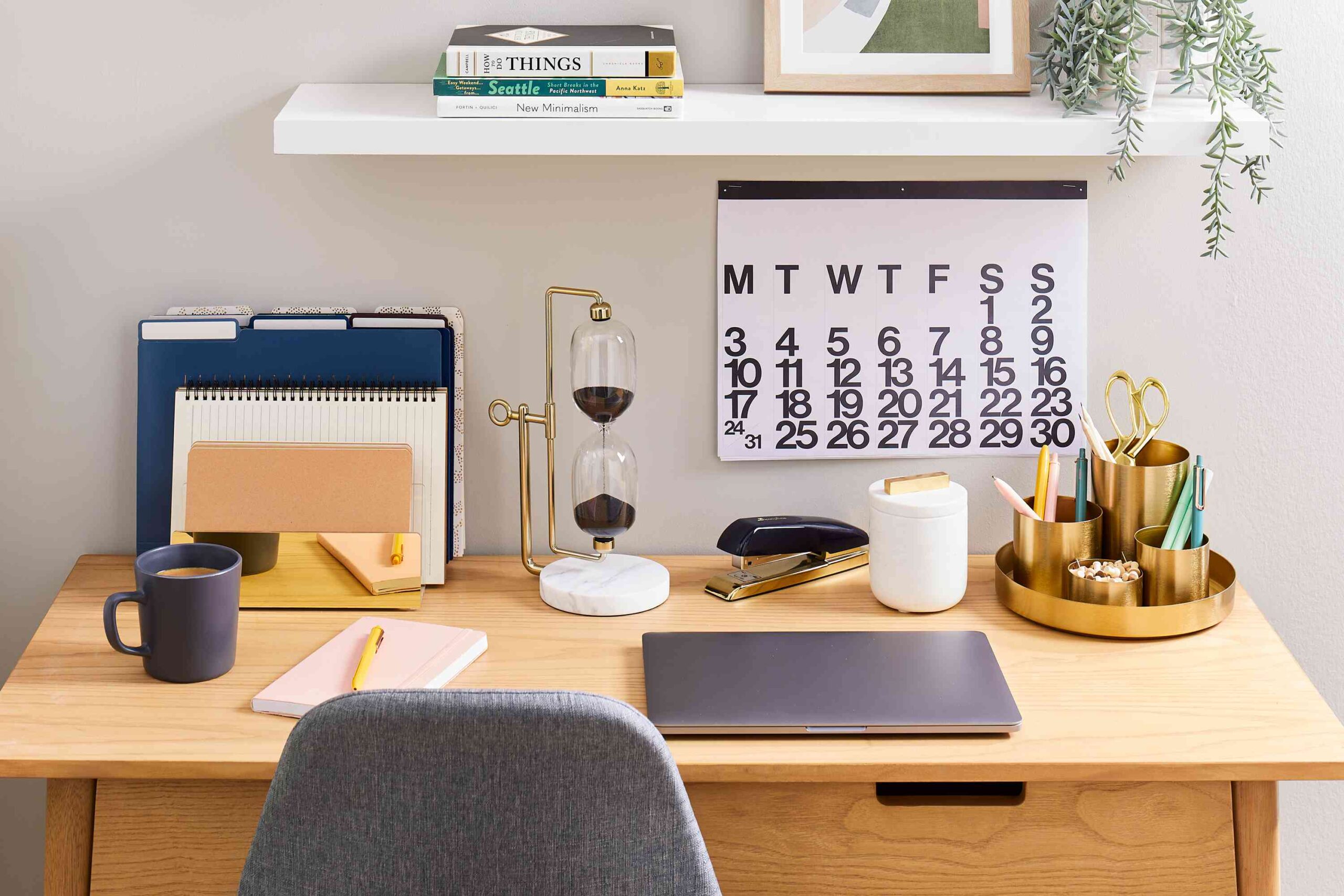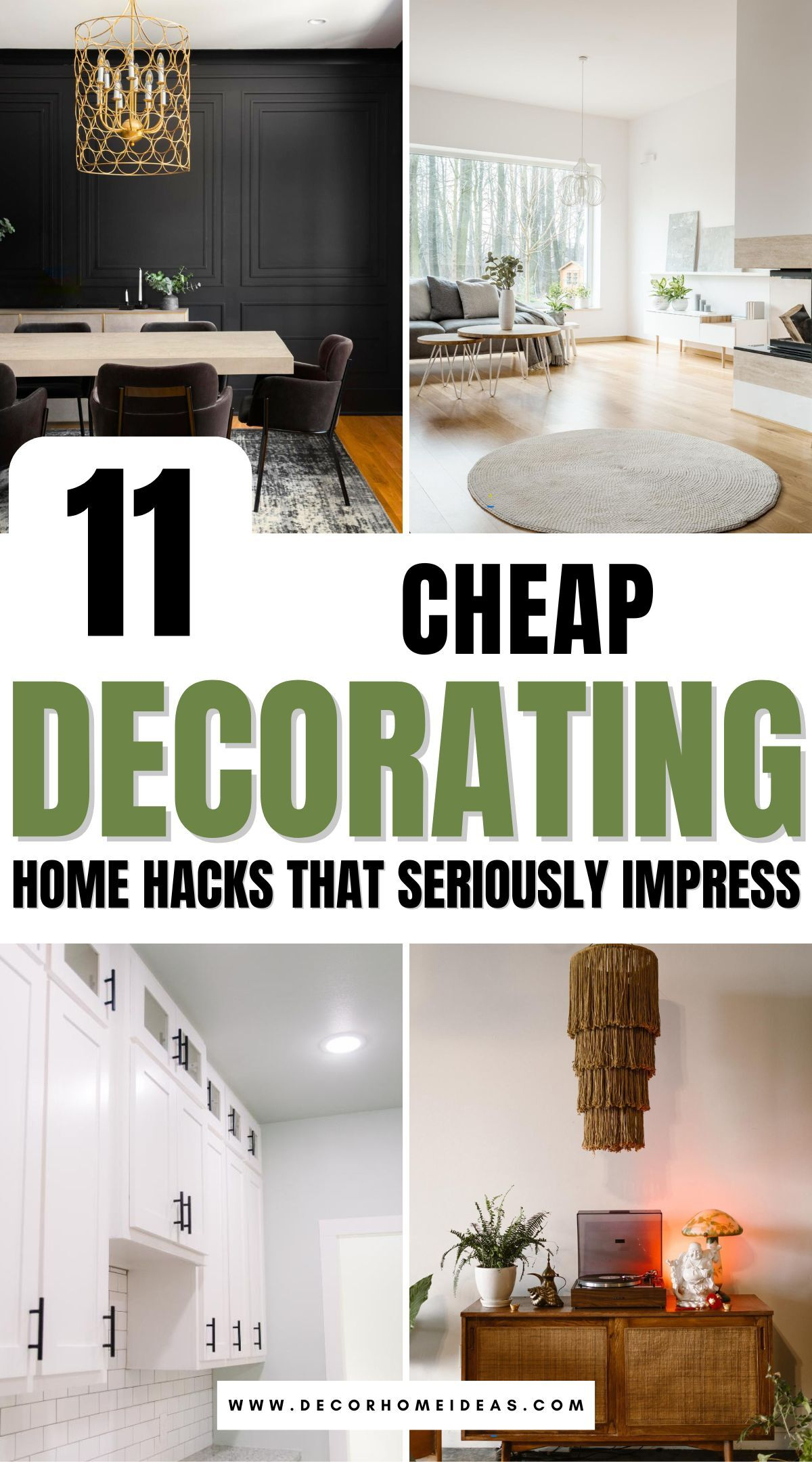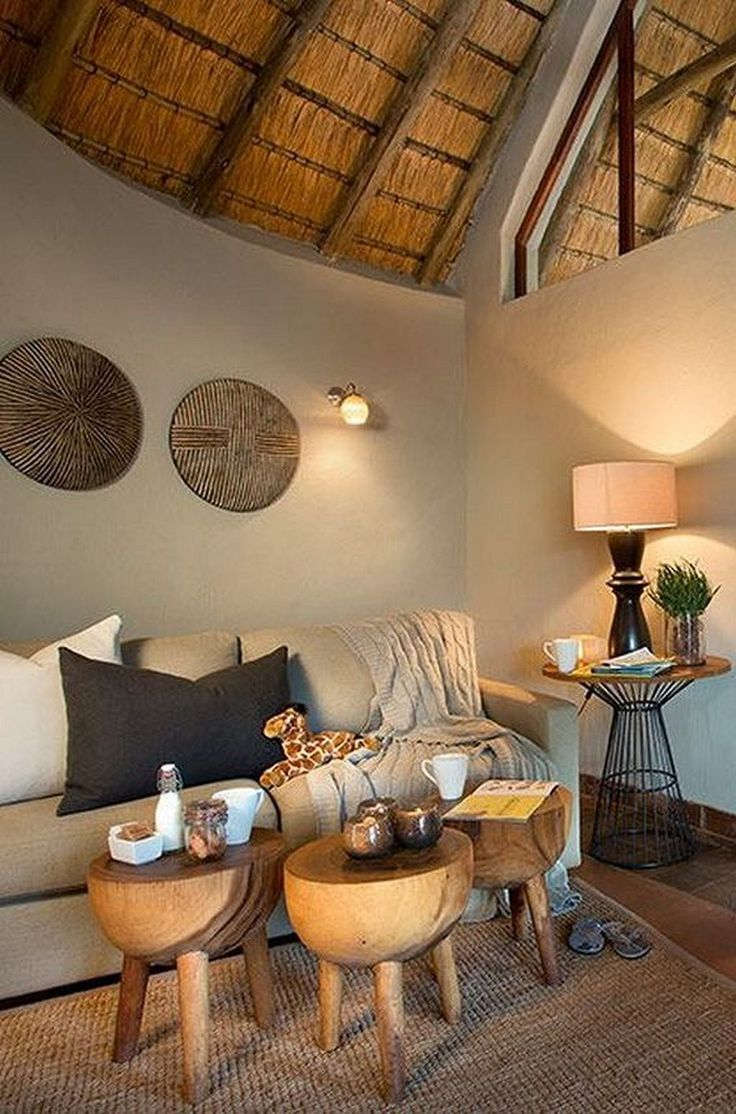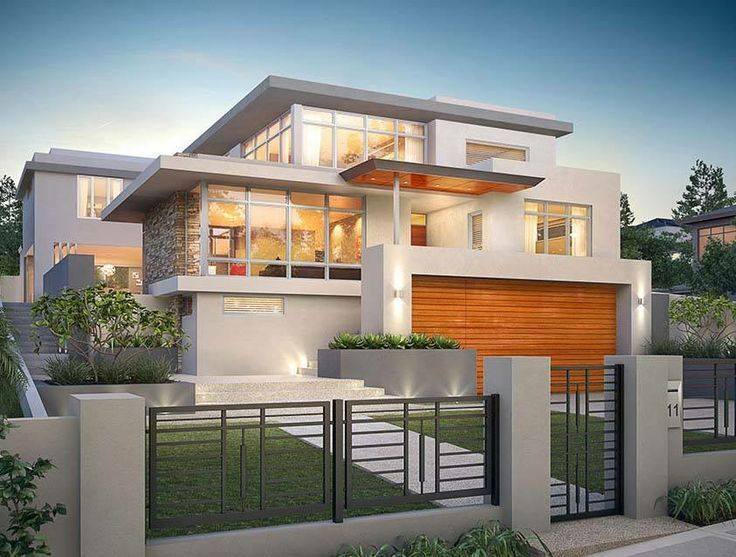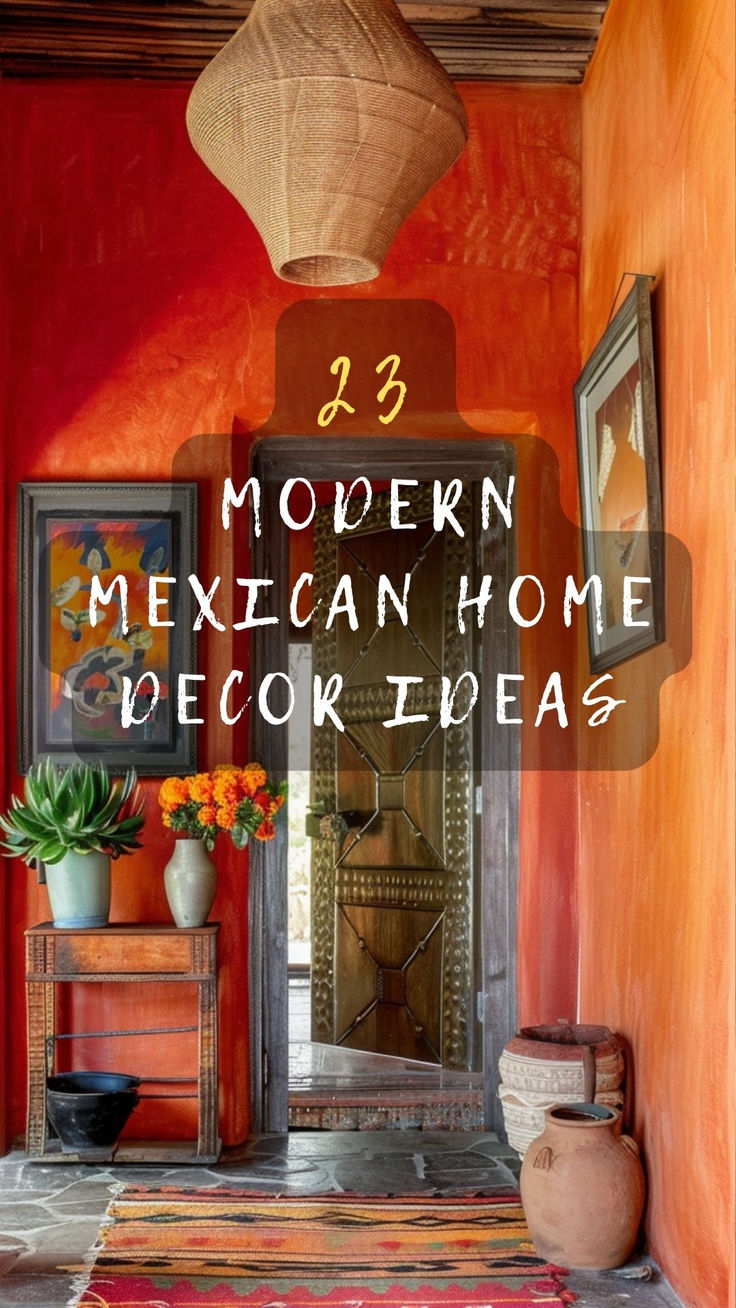In our fast-paced world, the need for a personal retreat, a place where we can truly unwind and recharge, has never been more important. Think about it: after a long day, where do you go to escape the noise and stress? For most of us, that place should be our home. But is your home truly serving as a sanctuary, or just another place to be? Designing a modern sanctuary is all about intentionally creating spaces that promote peace, well-being, and a sense of calm. It’s not about expensive renovations, but rather thoughtful choices that bring harmony to your everyday life.
A modern sanctuary is more than just a stylishly decorated room. It’s an environment meticulously crafted to support your mental and emotional well-being. It’s a space that feels intuitively right, a place that absorbs your worries and replenishes your energy. Think of it as a personal retreat, a bubble of tranquility in the midst of life’s chaos. This isn’t about minimalism for minimalism’s sake, but rather about curating your surroundings to foster a deep sense of peace and refuge. We’ll explore how to achieve this through mindful design principles.
The Power of Color and Light
Color and light have a profound impact on our mood and energy levels. In a sanctuary, we want to lean towards calming palettes. Soft blues, gentle greens, warm neutrals like beige and cream, and muted earth tones are excellent choices. These hues evoke feelings of serenity and stability. Avoid overly bright or jarring colors that can stimulate rather than soothe. Natural light is your best friend here. Maximize it by keeping windows clear and using sheer curtains. When natural light isn’t enough, opt for layered artificial lighting. Think soft, warm bulbs, dimmable switches, and perhaps some ambient lighting like floor lamps or even strategically placed candles. The goal is to create a gentle, inviting glow, not harsh overhead illumination. Imagine a soft sunset glow filling your room – that’s the kind of atmosphere we’re aiming for.
Embracing Nature’s Touch
Bringing the outdoors in is a cornerstone of creating a calming space. Plants, for instance, aren’t just decorative; they purify the air and add a vibrant, living element. Even a small succulent on your desk or a larger fiddle-leaf fig in a corner can make a difference. Consider natural materials too. Wood, stone, natural fibers like cotton, linen, and wool – these elements add warmth and texture, grounding your space and connecting you to the earth. Think of a smooth wooden bowl, a soft wool throw, or a textured jute rug. These tactile experiences are incredibly soothing. Even the scent of natural elements, like a subtle essential oil diffuser with lavender or sandalwood, can enhance the tranquil atmosphere.
Decluttering for Peace of Mind
Clutter isn’t just physical; it’s mental. A disordered space often leads to a disordered mind. Creating a sanctuary means being intentional about what you keep and where you keep it. This doesn’t mean you have to live in an empty room. It’s about mindful curation. Have designated places for everything. Utilize attractive storage solutions like baskets, bins, and cabinets to keep essentials out of sight. Regularly go through your belongings and ask yourself if they serve a purpose or bring you joy. If not, consider donating or discarding them. A clear space allows for clear thoughts and a relaxed state of being. It’s amazing how much lighter you can feel when your physical environment is organized and free from excess.
Creating Zones for Relaxation
Even in a small home, you can designate specific areas for different activities, especially relaxation. Perhaps it’s a cozy reading nook with a comfortable armchair and a good lamp. Maybe it’s a small meditation corner with a floor cushion and some calming art. Or it could be simply arranging your living room furniture to encourage conversation and connection rather than just facing a television. The key is to make these zones inviting and distinct. Use rugs, lighting, or even small screens or plants to subtly define these areas. These dedicated spaces signal to your brain that it’s time to switch gears and embrace tranquility.
The Importance of Comfort and Texture
Comfort is paramount in a sanctuary. This means choosing furniture that is not only aesthetically pleasing but also genuinely comfortable to use. Sink into a plush sofa, wrap yourself in a soft blanket, and surround yourself with pillows that invite relaxation. Texture plays a crucial role here too. Varying textures – the smoothness of polished wood, the roughness of a woven basket, the softness of velvet – adds depth and sensory interest without creating visual clutter. These tactile elements invite you to engage with your space on a deeper, more visceral level, enhancing the feeling of comfort and security.
Personal Touches that Soothe
A sanctuary is deeply personal. It should reflect who you are and what brings you peace. This is where you incorporate items that hold meaning for you. Perhaps it’s a piece of art that resonates with your soul, photographs of loved ones, or souvenirs from meaningful trips. These are the elements that make a house a home and a house a sanctuary. Avoid filling your space with things that are purely trendy or don’t genuinely bring you joy. Instead, curate a collection of items that tell your story and evoke positive emotions. It’s these personal touches that truly transform a house into a deeply personal and restorative haven.
Designing your modern sanctuary is not a one-time project, but an ongoing process of refinement. As your needs and preferences evolve, so too can your space. Start small, perhaps by focusing on one room or even just one corner. Experiment with colors, textures, and natural elements. Pay attention to how different arrangements and items make you feel. The ultimate goal is to create a home that not only looks good but feels good – a place where you can truly rest, recharge, and be yourself. Your sanctuary is a reflection of your inner peace, and cultivating it is one of the most rewarding investments you can make in your well-being.

